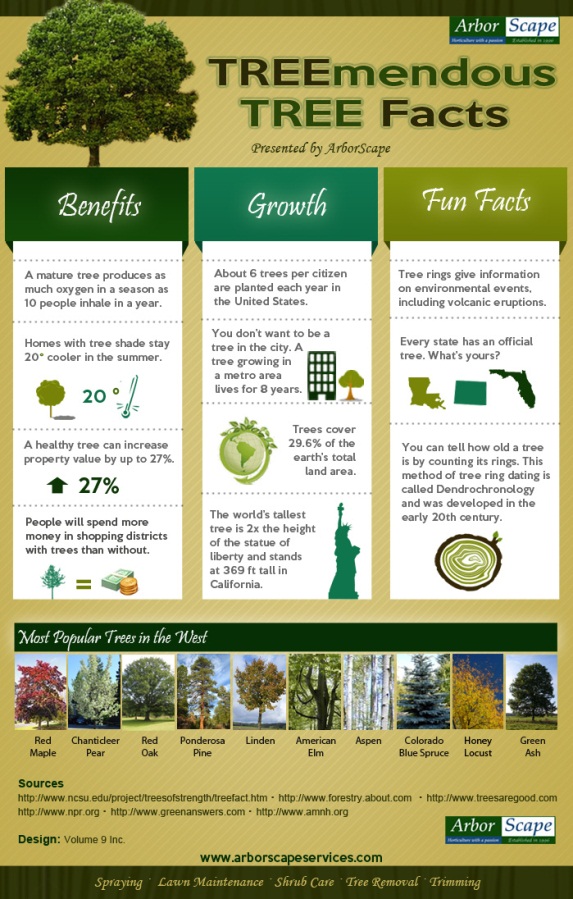Indicators Indicating The Requirement For Tree Elimination: Determining Risky Trees
Indicators Indicating The Requirement For Tree Elimination: Determining Risky Trees
Blog Article
Write-Up Writer-Vogel Goodman
When it pertains to tree care, identifying the indicators that it's time for removal is necessary for your safety and residential property. You may discover stained leaves, wilting branches, or strange fungal developments indicating health problems. Architectural problems, like a substantial lean or fractures in the trunk, can additionally present risks. Comprehending these indication can help you make notified choices about your trees and avoid potential dangers hiding in your yard. What should https://best-way-to-remove-stumps06284.luwebs.com/35995884/in-the-midst-of-your-attractive-landscape-covert-dangers-like-tree-stumps-exist-discover-crucial-methods-for-their-elimination-and-rejuvenate-your-lawn-today seek following?
Indicators of Decay and Disease
When you see indicators of decay and condition in your trees, it's crucial to act promptly. Search for stained leaves, wilting branches, or unusual growths like fungi. These can indicate that your tree is having a hard time.
If you see cracks in the bark or soft, mushy wood, these symptoms recommend internal degeneration. In addition, an unexpected rise in parasites around your tree can signify that it's deteriorated and at risk.
Check for Read Even more of dead or dying limbs, as they pose a threat to your property and security. If you doubt about what you see, speaking with an arborist can provide quality.
Addressing these signs early can save you from a lot more substantial damages and ensure the wellness of your lawn. Don't wait till it's far too late.
Structural Instability and Leaning
As you observe your trees, keep an eye out for any indications of structural instability or leaning. If a tree leans significantly, it might suggest that the origin system is endangered.
Seek any type of splits in the trunk or dirt around the base; these can signify possible failure. In addition, look for uncommon development patterns, like an unbalanced crown, which may recommend that the tree is battling to hold itself upright.
If you observe that the tree favors your home, high-voltage line, or various other structures, it poses a better threat. Do not disregard these signs-- seek advice from an arborist to examine the situation.
Acting early can avoid expensive damage and ensure your security.
Dead or Dying Branches and Foliage
If you observe dead or passing away branches and foliage on your tree, it's a clear indication that something's incorrect.
These undesirable areas can show underlying problems like condition, insect invasions, or ecological anxiety. When branches shed their fallen leaves or transform brown, they're no more adding to the tree's health. Overlooking these signs can cause further decrease, making your tree more unsafe.
Dead branches can quickly break off during storms, positioning a danger to building and people close by. It's crucial to evaluate the degree of the damages.
If the issue affects a substantial part of the tree, consider getting in touch with a specialist. They can help figure out if elimination is needed to make sure safety and security and maintain the appeal of your landscape.
Final thought
If you observe any kind of signs of degeneration, architectural instability, or dead branches on your trees, do not ignore them. These signs can position significant safety and security risks to you and your home. It's constantly best to speak with an expert arborist who can provide an expert analysis of your trees. Taking https://reportedtimes.com/global-vending-cart-market-2020-development-strategy-competitive-landscape-and-regional-forecast-to-2025/ can protect against accidents and pricey damages, ensuring your landscape continues to be safe and healthy and balanced. Remember, it's much better to be aggressive regarding tree treatment than to wait on a catastrophe to take place.
